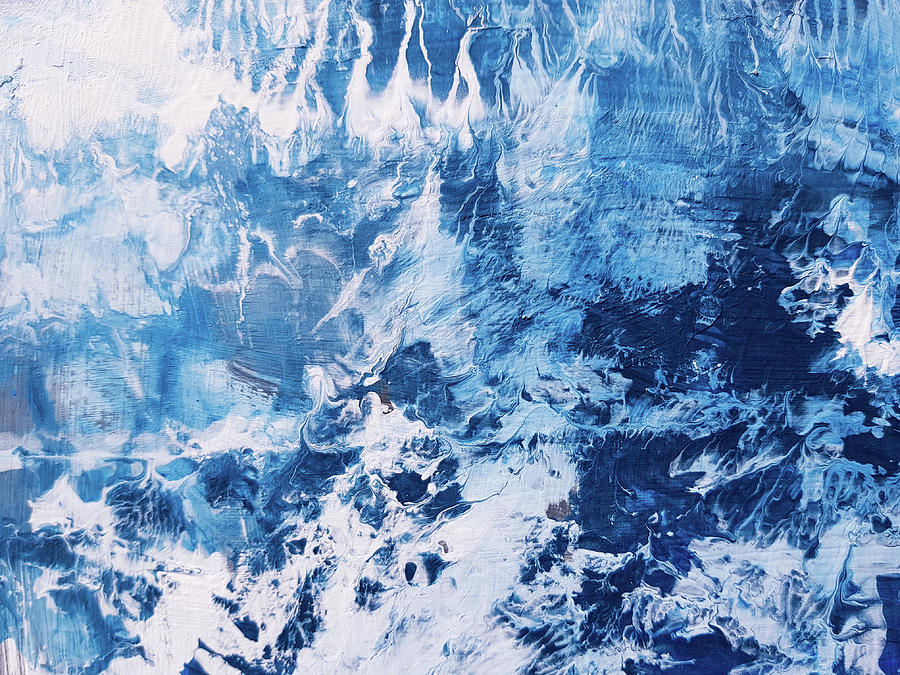Blue and white art has been around for centuries, and it is still one of the most popular forms of art today. From paintings to sculptures, blue and white art can be found in many homes, galleries, and museums around the world. Whether you’re a beginner or an experienced artist, there is something for everyone when it comes to blue and white art.
When it comes to creating blue and white art, it can be both simple and complex. You can start with a simple drawing or painting, but the possibilities are endless when it comes to creating blue and white art. Here are some tips and ideas to get you started.
Choose a Color Palette
The first step to creating blue and white art is to decide on a color palette. You can choose a classic blue and white combination, or you can mix and match other colors to create a more complex and interesting piece. For example, you could use shades of blue, gray, white, and black to create a monochromatic piece. Or you could use shades of blue, green, and yellow to create a more vibrant and colorful piece.
Use Contrasting Colors
Once you have chosen your color palette, it is important to create contrast between the colors. You can do this by using dark and light shades, or by using complementary colors. For example, if you are using blue, yellow, and white, you could use a light blue and a darker yellow to create contrast. Or you could use a light yellow and a darker blue to create contrast.
Create Textures
Textures can add an extra level of dimension and interest to your blue and white art. You can create textures by using different brush strokes and techniques, or you can use different materials to create texture. For example, you could use fabrics, paper, or even sand to add texture to your blue and white art. Or you could use a variety of different paints and mediums to create different textures.
Choose a Subject Matter
Once you have chosen a color palette and created textures, it is time to choose a subject matter for your blue and white art. You can create abstract pieces, landscapes, or portraits. You can also use symbolism or symbolism to create a deeper meaning for the piece. Or you could use a combination of the two to create a unique and interesting piece of art.
Add Details
The last step is to add details to your blue and white art. You can do this by adding highlights, shadows, and textures to the piece. You can also use different materials, such as beads, glitter, or sequins to add depth and dimension. Or you can use a variety of tools, such as paintbrushes, stencils, and markers to add details and texture to the piece.
Creating blue and white art can be both fun and rewarding. With the right color palette, materials, and subject matter, you can create a unique and beautiful piece of art. Whether you’re a beginner or an experienced artist, blue and white art can be a great way to express yourself and your creativity.
